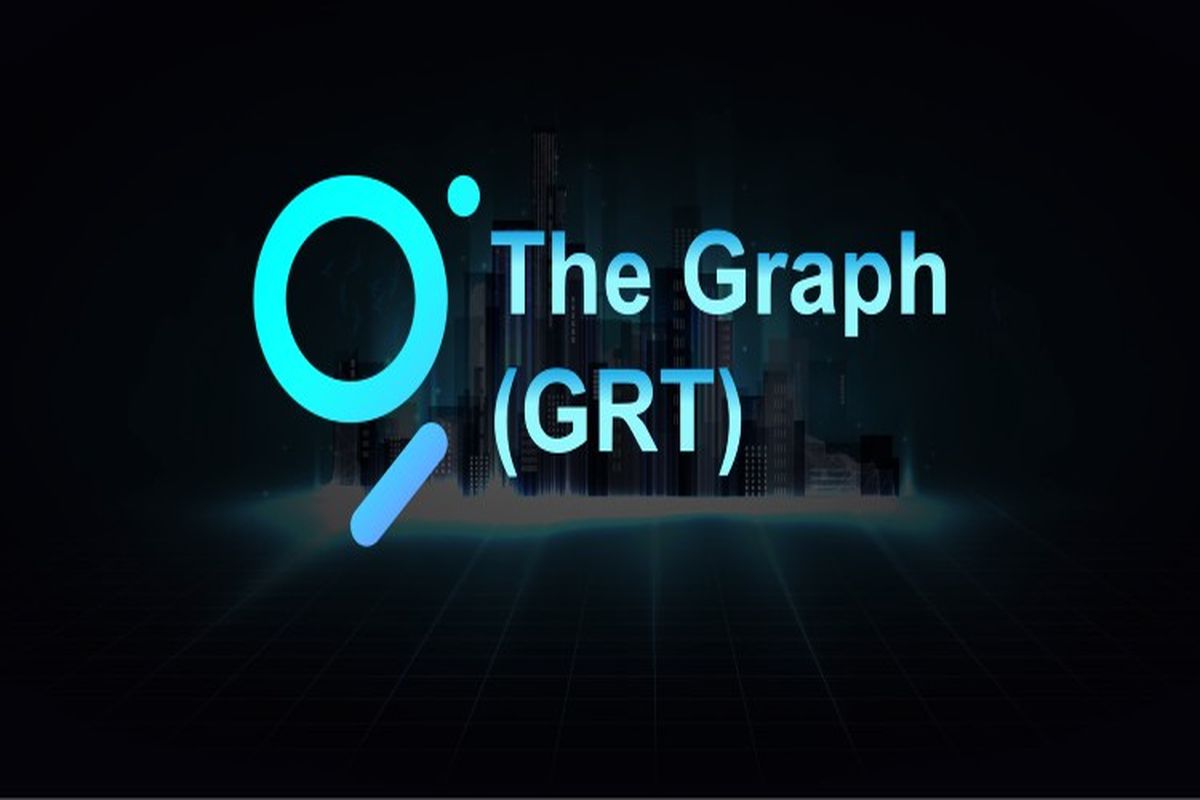The Graph is described as a decentralized indexing ecosystem that lets users query data from blockchain networks, which makes dApp development easy. The open-source protocol is hosted on the Ethereum blockchain. It is designed for querying and indexing much like Google. It collects, classifies, and stores data from other blockchains, making it readily searchable by users.
Using The Graph lets developers rapidly access and analyze data from various blockchain networks, making decentralized applications (dApps) easier to create. GRT is The Graph’s native currency, which users pay to make queries.
The Graph’s decentralized indexing protocol utilizes open-source application programming interfaces (APIs) called subgraphs, indexes that organize data in a global blockchain graph based on a user’s query.
These subgraphs are transferable, letting developers use GraphQL (the main language used by The Graph) to query data rapidly and highly efficiently. The Graph’s decentralized network is underpinned by blockchain technology for secure and transparent transactions.
By offering a smooth interface for developers to access and query data stored on decentralized networks that are hard to query directly, The Graph helps speed up the development of dApps on the network.
A notable use case of The Graph is in the nascent field of decentralized finance (DeFi). It enhances developers’ access to the blockchain network data used in DeFi apps.
Users can also use the GRT to develop nonfungible tokens (NFTs), the unique digital assets maintained in blockchain networks. By helping streamline developer access to the data, The Graph powers the development of NFT marketplaces and many other NFT-related apps.
Related:Aleph.im Introduces the First Open Source & Decentralized Indexing Solution for Solana
The Graph Overview
The Graph is relatively new, launched in 2018 by Brandon Ramirez, Jannis Pohlmann, and Yaniv Tal. Their main aim was to develop a decentralized network offering easy data access and querying for the developers on different blockchain networks.
Graph Protocol Incorporation, also called Edge & Node, hypothesized and created The Graph’s protocol. The project’s token never went live on the mainnet until late 2020. This marked the protocol’s official launch, enabling developers to set up and deploy subgraphs across various blockchain platforms.
After the launch of the mainnet, The Graph experienced a massive interest and adoption propelled by the DeFi community. Most notable DeFi projects have adopted The Graph to help facilitate user access to their on-chain data.
The Graph Wallet is a highly convenient and secure strategy to manage and store GRT tokens. Users can send, store, and get GRT tokens using The Graph Wallet, which is highly compatible with Android and iOS devices, and utilize it to integrate with dApps that readily accept GRT.
There has been a constant increase in the total number of networks supported on The Graph, supporting massive flexibility in the kinds of use cases. Moreover, The Graph has partnered with many leading blockchain projects, including UniSwap and Chainlink.
How The Graph (GRT) Crypto Operates
The Graph uses blockchain technology and a complex indexing protocol to help facilitate more efficient blockchain data querying. It first lets dApps augment Ethereum with data through smart contract transactions. The Graph utilizes GraphQL technology, specifically, to describe every API’s data in detail.
Graph Nodes execute the initial stage of data aggregation. They are the network’s backbone and scan smart contracts. The Graph utilizes GraphQL technology to describe all API data in increased detail.
Ethereum will only let users retrieve basic data from projects that involve complex NFTs, including CryptoPunks and smart contracts like Uniswap if users attempt to read them directly.
One can utilize the Graph’s API or indexed subgraphs to query various blockchains and retrieve lots of complex data quicker, more efficiently and without having to compromise security properties for decentralization.
The Graph protocol quickly analyzes and stores data that is requested from The Graph Network in subgraphs and then quickly returns the results to the requesting application. Users can extensively browse the platform’s subgraphs utilizing The Graph Explorer portal since The Graph is powered by open-source software.
Six major operators in The Graph’s ecosystem work as a team to access and organize data utilizing subgraphs. They include:
- Indexers – node operators are tasked with indexing and querying all the signaled subgraphs and must stake The Graph tokens.
- Consumers – developers who require data to develop dApps pay a query fee and submit a query for the data.
- Delegators – they contribute to the network administration without needing to set up a node by delegating GRT to the indexers.
- Fishermen are participants who validate the accuracy of query responses within the network.
- Curators are developers of subgraphs who decide which of these subgraphs are of high quality to feature in The Graph’s index.
- Arbitrators assist in deciding whether an Indexer has engaged in any risky or malicious activity. Decentralized governance assigns the arbitrators.
All these participants can earn different forms of payments from the network in exchange for their many contributions, but only when they stake GRT. GraphQL now supports app usage and development on Ethereum, proof-of-authority (PoA) networks, and InterPlanetary File System, with the expectation that other networks will become available soon.
What Issues Does The Graph Resolve?
By offering a decentralized indexing protocol that helps automate the process, The Graph addresses this issue of centralized blockchain data indexing and querying. In that context, it makes indexing and querying blockchain data highly efficient, which saves money and time for the developers.
GRT holders can readily participate in the governance of The Graph Network via a decentralized autonomous organization (DAO). This guarantees that contributors and developers can make decisions that affect the network using The Graph’s indexing and query solutions, keeping the network community-driven and decentralized.
Moreover, since it is distributed across nodes, The Graph provides security and transparency that all other centralized indexes cannot match. Since blockchain data is indexed and searched on a decentralized network, cybercriminals have minimal opportunities to attack or compromise the system.










